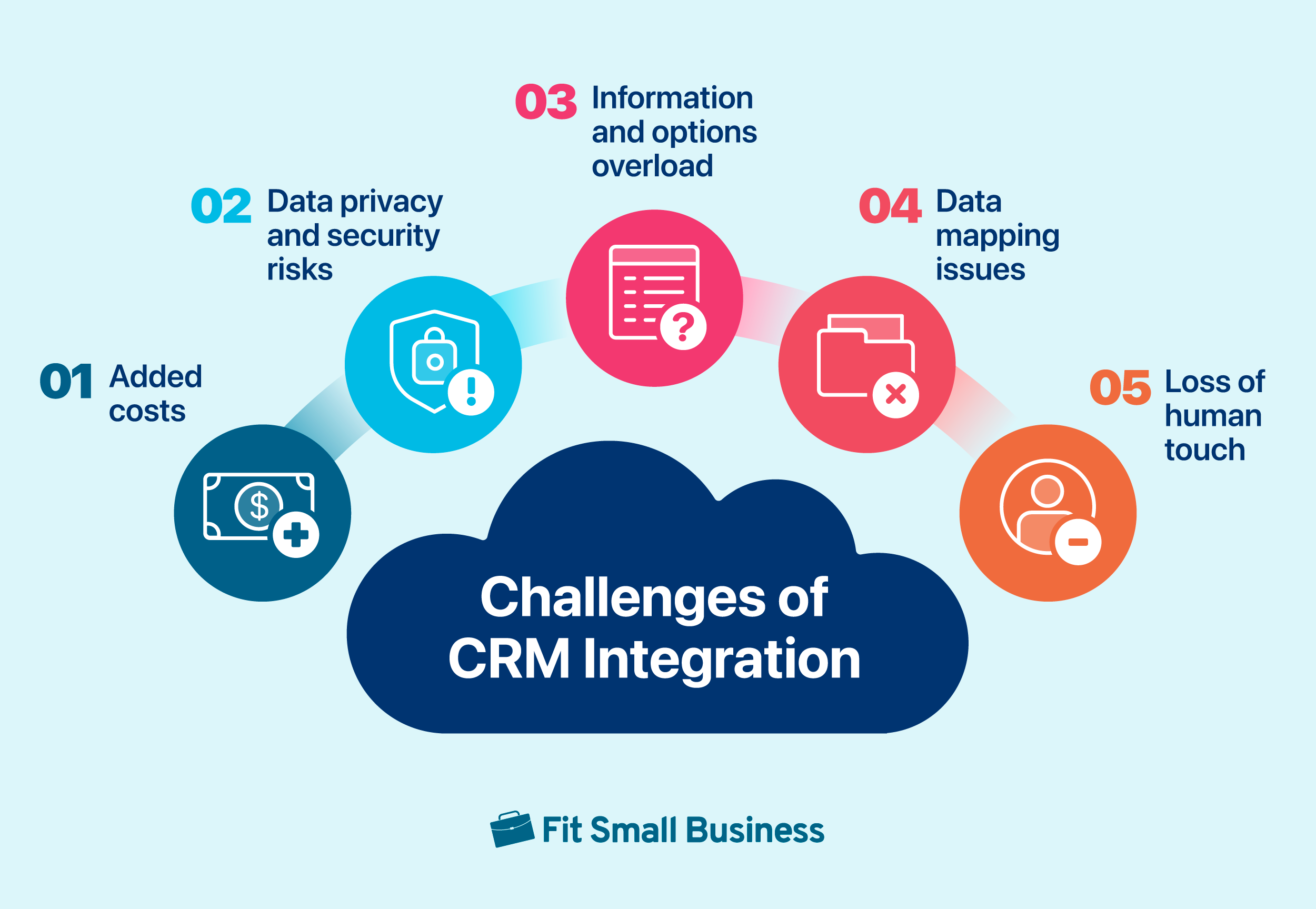Breaking Down Barriers: How Mortgage Software Integration Reduces Operational Bottlenecks
For many mortgage professionals, operational bottlenecks are the silent obstacles that slow down productivity, increase costs, and frustrate...
Information Security Compliance
Add security and compliance to Microsoft 365
BI Reporting Dashboards
Realtime pipeline insights to grow and refine your learning operation
Integrations for Banks & Credit Unions
Connect LOS, core platforms, and servicing system
Productivity Applications
Deploy customized desktop layouts for maximum efficiency
Server Hosting in Microsoft Azure
Protect your client and company data with BankGrade Security
4 min read
Justin Kirsch : Sep 17, 2025 11:00:00 AM

The ability to move efficiently from lead to close has become a key factor in how lenders compete and grow. Loan officers often find themselves managing multiple systems while trying to maintain strong client relationships. This is where a well-chosen Customer Relationship Management (CRM) system becomes essential.
However, a CRM for mortgage loan officers is far more effective when it works hand-in-hand with your Loan Origination System (LOS). When the two platforms are integrated properly, lenders can reduce manual data entry, minimize errors, and maintain a complete view of each borrower’s journey. Achieving that outcome requires planning and the right approach to technology.

When your CRM and LOS work together, the impact is immediate and clear:
According to StarfishETL, lenders who integrate their CRM and LOS platforms can improve client satisfaction by 20%. Much of that gain comes from eliminating delays and ensuring teams have the information they need when they need it.

Despite the benefits, integration often comes with challenges. Let's look at some of the typical issues lenders run into and how to approach them:
When information is stored in multiple places, it becomes difficult to keep it consistent. Teams may end up entering the same data more than once, which increases the chance of errors.
Solution - Begin by reviewing how data flows across your current systems. If gaps exist, consider using integration tools or a managed IT partner to connect platforms in a way that keeps data accurate and up to date
Many lenders still rely on legacy platforms that were not designed with integration in mind. This can slow things down and limit how much automation is possible.
Solution - Look for technology that has a strong track record of working with your existing systems. In some cases, managed IT teams can create custom connectors or recommend changes that keep the process moving without replacing everything
Even with good systems in place, things can fall apart if the team is not comfortable using them. A lack of training can lead to frustration or inconsistent use.
Solution - Offer clear, practical training based on how your teams actually work. Give users time to get familiar with the tools, and make sure support is available during and after rollout
Commercial Bank of Texas needed a more efficient way to manage how loan data moved between its internal systems. The team relied on both Calyx Path and iCORE 360, but the lack of integration meant staff had to enter the same information in both systems. This created extra work, opened the door for input errors, and slowed things down.
To address this, the bank partnered with Mortgage Workspace to implement MortgageExchange, a middleware solution designed to connect platforms like Calyx and iCORE. The integration allowed data to transfer automatically between systems, accurately and in real time.
With this integration in place, Commercial Bank of Texas improved operational flow without having to replace its existing systems. It’s a strong example of how targeted tech support can make a clear difference in day-to-day lending operations.
Not every CRM is built for the mortgage industry. A well-suited CRM for mortgage loan officers should reflect the day-to-day realities of lending teams. It should help manage relationships, keep processes moving, and support the systems already in place.
Here are some key features to look for:
When the CRM is integrated with the LOS, data remains aligned across both platforms. This reduces manual entry and helps teams avoid duplication or delays during the loan process.
A reliable CRM can handle follow-up reminders, status notifications, and meeting scheduling. Automating these actions improves efficiency and helps ensure that no lead or client is missed.
Mortgage lending involves strict data handling requirements. A strong CRM should offer secure document storage, user access controls, and a clear record of communications. These features support compliance without adding unnecessary complexity.
Every team works differently, so flexibility is important. A strong CRM should let users build dashboards that track loan pipelines, referral sources, or daily priorities, whatever matters most to them. Having this visibility helps teams stay focused and organized.
Loan officers are often on the move. A CRM for mortgage loan officers with mobile features allows them to check updates, respond to clients, or manage tasks from wherever they are. This flexibility helps keep the process moving, even outside the office.
Even with the right tools in place, success depends on how well you plan and execute the integration. Here are a few proven steps that can help:
By treating integration as a long-term strategy rather than a one-time project, you will get more value from your technology investment.
Integrating your LOS with a well-suited CRM for mortgage loan officers gives your team the tools to operate more efficiently and better serve borrowers. The combination reduces manual entry, improves data quality, and gives everyone a shared view of where each loan stands.
Mortgage Workspace helps lenders connect their LOS and CRM platforms with secure, scalable integration support. Whether you're just starting to explore automation or looking to improve your existing tech stack, we’re here to help you simplify your systems and support your growth.
Talk to an expert today to learn how we can help you build a more connected, efficient mortgage operation.
It helps ensure that everyone works from the same set of information, which reduces delays, errors, and miscommunication across teams.
A CRM helps them stay on top of new leads, follow up with prospects, maintain referral relationships, and provide better communication to clients throughout the loan process.
If your systems don't talk to each other, it's easy for errors to happen. It can also slow down the loan process and make it harder for borrowers to get a clear, consistent experience.
That will vary. It depends on the platforms involved and how your processes are set up. For many lenders, a simple integration takes a few weeks with the right technical support.

For many mortgage professionals, operational bottlenecks are the silent obstacles that slow down productivity, increase costs, and frustrate...

What’s the secret to standing out in the mortgage industry? It’s not just about competitive interest rates or faster closing times. It’s the client...

For most people, buying a home is the biggest financial decision they’ll ever make. It's a journey filled with excitement, but also a fair amount of...